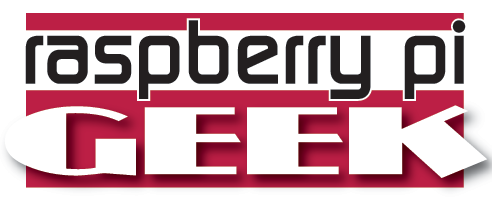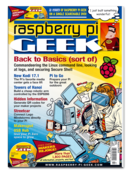Pibrella board for Raspberry Pi
Usually, working even on a simple Raspberry Pi-based hardware project involves a breadboard, jumper wires, LEDs, buttons, and other components. Wiring electronics on a breadboard can be tedious, and the final result looks messy and unwieldy. Enter Pibrella [1], a Raspberry Pi board that comes with all essential components neatly arranged and ready for use.
Pibrella Hardware
Pibrella is a relatively small 4x5.5cm board. Despite its diminutive size, however, it packs an impressive amount of components. It has three LEDs (green, amber, and red), a push-button, a buzzer, and four input and four output ports. Each port has a dedicated surface-mounted LED, which lights up when the port receives or sends a signal. Each input and output port consists of two (plus and minus) female connectors, which greatly simplifies wiring. Pibrella also features a dedicated micro-USB port for connecting an external power supply, which can be useful for connecting power-hungry components such as motors and solenoids.
Adding the board to Raspberry Pi couldn't be easier: Simply snap Pibrella onto Raspberry Pi's GPIO port, and the board is ready to go (Figure 1). To control Pibrella via Python, you need to install the Pibrella library by running the following commands in the terminal:
[...]
Buy this article as PDF
Pages: 4
(incl. VAT)



